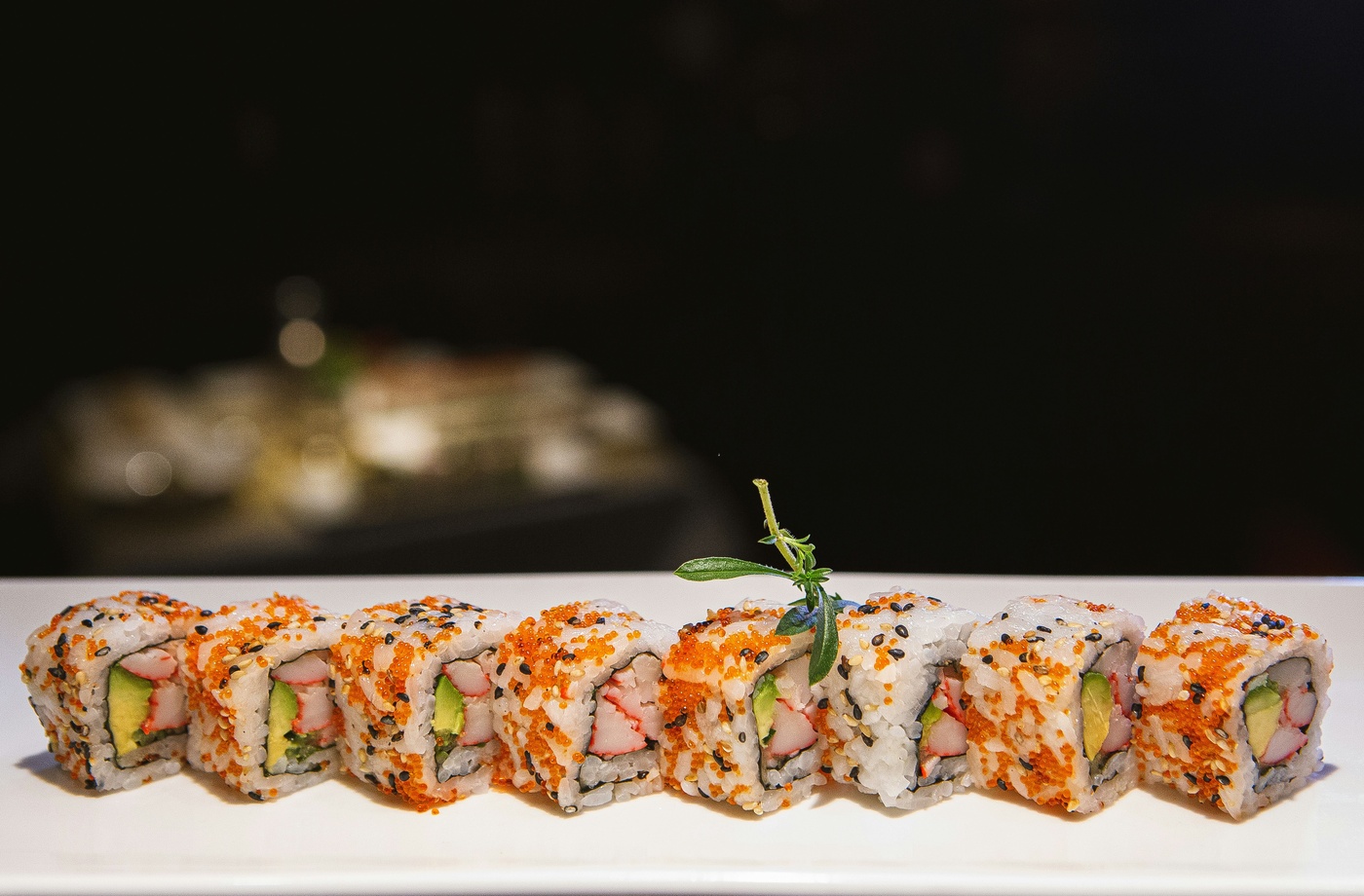In the world of fine dining, luxury isn’t always loud. The most memorable meals today are defined by restraint, not excess—an ethos often referred to as quiet luxury. This approach prioritizes craftsmanship over spectacle, subtlety over branding, and intention over indulgence. It’s not about price tags or Michelin stars (though many still qualify); it’s about integrity, sourcing, and the seamless details you don’t notice—until you do.
Quiet luxury in dining begins with simplicity. The best restaurants in this category avoid overt branding or flashy interiors. Instead, they create spaces where design takes a backseat to sensory experience. Menus are often seasonal, ingredient-driven, and handwritten—or spoken aloud. You may not even see a logo. At restaurants like Fyn in Cape Town or Sezanne in Tokyo, luxury is measured by consistency, service fluency, and the quiet confidence of chefs who let the ingredients speak.
According to Tatler Asia, quiet luxury is “an elevated experience where effort is invisible but deeply felt.” It shows up in handmade ceramics, house-fermented vinegars, and the way a server gently adjusts your napkin without drawing attention. These cues suggest refinement without needing to declare it.
Another marker of quiet luxury? The absence of choice. Omakase and tasting menus dominate this space because they trust the chef’s vision. You aren’t choosing—you’re surrendering. This model reflects not only culinary confidence but also a deeper respect for the diner’s time, palate, and openness.
Dining destinations featured in The World’s 50 Best Restaurants list often embody this principle. Restaurants like Frantzén in Stockholm or Atomix in New York are admired not just for technical skill but for the way they make guests feel cared for without spectacle. There is no overselling, no theatrical flair—just a cohesive journey from start to finish.
For those who value discretion, seasonality, and authentic hospitality, quiet luxury is the new gold standard. It’s about knowing that the best moments rarely need an audience.



